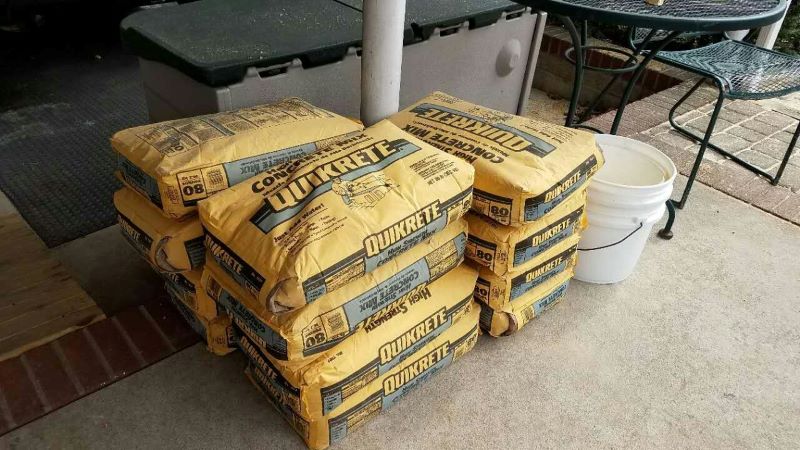
The ratio of water to cement, often referred to as the water-cement (w/c) ratio, is a crucial factor in determining the strength and durability of concrete. Here’s a detailed overview:
Typical Water-Cement Ratios:
-
High-Strength Concrete:
- w/c ratio: 0.30 to 0.40
- Use: Structural elements requiring high compressive strength.
-
General Purpose Concrete:
- w/c ratio: 0.40 to 0.50
- Use: Common applications like foundations, slabs, and columns.
-
Low-Strength Concrete:
- w/c ratio: 0.50 to 0.60
- Use: Non-structural elements like pathways, pavements, and driveways.
-
Workability and Durability:
- A lower w/c ratio leads to higher strength and durability but less workability.
- A higher w/c ratio improves workability but reduces strength and durability.
Guidelines for Water-Cement Ratio:
-
Calculation:
- Example: If you have 50 kg of cement and you want a w/c ratio of 0.45:
- Required water = 0.45 × 50 kg = 22.5 kg (or liters, since 1 liter of water = 1 kg).
- Example: If you have 50 kg of cement and you want a w/c ratio of 0.45:
-
Impact on Concrete Properties:
- Strength: Lower w/c ratios lead to higher compressive strength.
- Durability: Lower w/c ratios reduce porosity, enhancing resistance to weathering, chemicals, and wear.
- Workability: Higher w/c ratios improve ease of mixing, placing, and finishing concrete but may necessitate additives to maintain strength and durability.
-
Admixtures:
- Superplasticizers: Used to reduce the water content without compromising workability, allowing for lower w/c ratios while maintaining good flow characteristics.
Practical Considerations:
-
Measuring Accuracy:
- Ensure accurate measurement of water and cement for consistent concrete quality.
-
Environment and Conditions:
- Adjust the w/c ratio considering the ambient temperature, humidity, and specific project requirements.
-
Curing:
- Proper curing is essential to achieve the desired properties of concrete, regardless of the w/c ratio.
By maintaining an appropriate water-cement ratio and following good construction practices, the resulting concrete can achieve the required strength, durability, and workability for its intended application.
